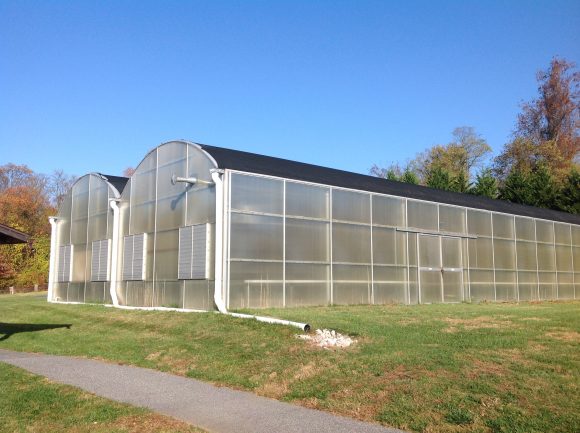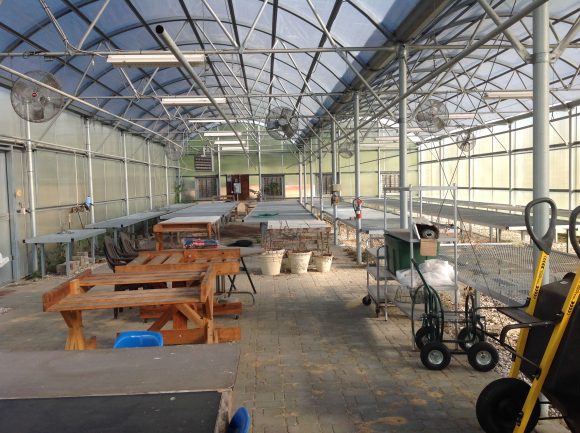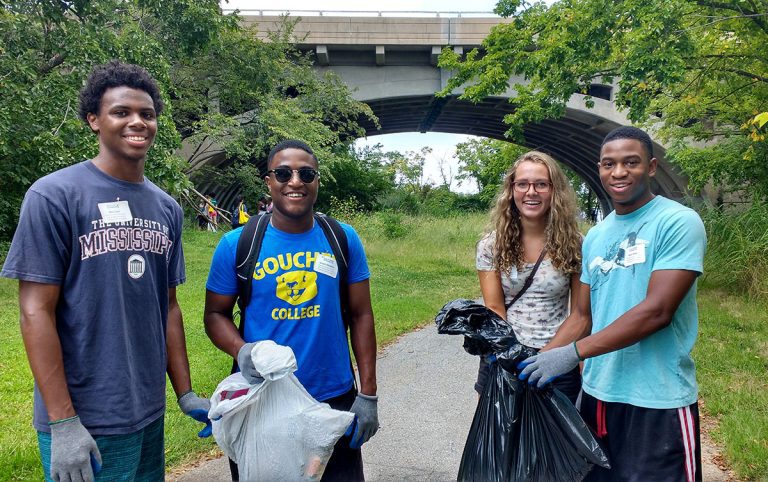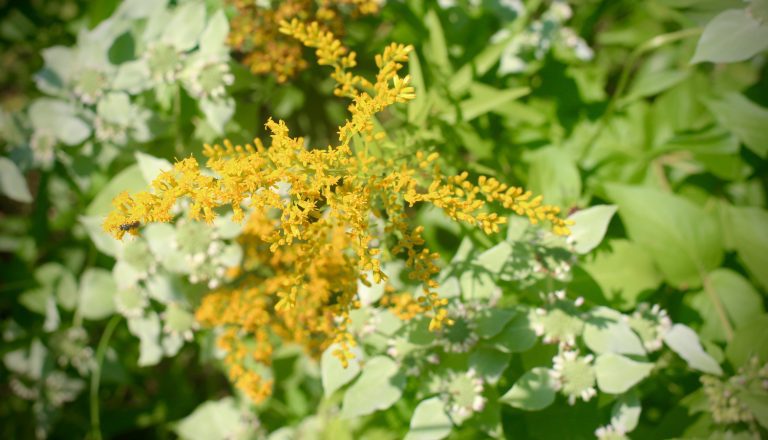Winter Update: Plant Production at Herring Run Nursery
Winter Update: Plant Production at Herring Run Nursery
While plants sit dormant at the Nursery, there’s a lot of work to do before Spring. As you have probably heard, Herring Run Nursery went through some big changes this fall. Rob Jenkins, former grower at Sun Nursery, joined the team as the Nursery Manager and he is steering us in new and exciting directions. We’re gearing up for what we hope will be an especially successful Spring season!
So, how have we been “growing” in 2017?
We are excited to announce that we are getting ready to boost our plant production this spring!
If you have ever volunteered with us, you might have participated in one of our “potting days”– a human-powered assembly line: filling up pots with soil, planting seedling plugs, and tagging plants. We are planning to do more production this spring, but it’s going to look a little different than how it’s been in the past.
Herring Run Nursery is establishing a new partnership with Gallagher Services in Timonium, a program of Catholic Charities. We will be able to use the greenhouses at Gallagher for plant production. The greenhouse is a modern, permanent structure where we will be able to plant and grow natives more efficiently. Our partnership with Gallagher will not only allow us to expand our programmatic outreach and educational opportunities, we will also be able to work with the residential, vocational, and elder care programs at Gallagher Services.
At the Gallagher greenhouse, we will be getting in trays of plugs and liners, which we will plant in pots and grow out for sale. Plugs and liners are grown through a few methods of propagation. The most common ways to propagate plants are through cuttings, by division, or by seed.
- Cuttings are one of the easiest and most used methods of propagation. Cutting propagation involves rooting a piece of a “parent plant” to produce a new plant. Cuttings may be taken from the stem, the leaf, or the root. This method is great if you are looking for a low-cost way to create an exact duplicate of a specific plant.
- Division involves breaking up, dividing, and replanting a clump of the plant. This is one of the easiest and most accessible methods of propagation for home-growers. There are a great number of plants that may be propagated by division. In addition to providing new plants for growth, division can often help the health of the plants.
- Seed is a plant’s natural way of reproducing. The process of growing plants from seed requires more time, resources, and care, but allows species to adapt to environmental conditions, and encourages the genetic diversity found in wild plant communities.
With access to the new facilities at Gallagher, we are looking forward to eventually using all three methods of production to serve the diverse needs of our community. Focusing on production and propagation will allow us to get a head start on the growing season, and get more Natives to Baltimore neighborhoods!




